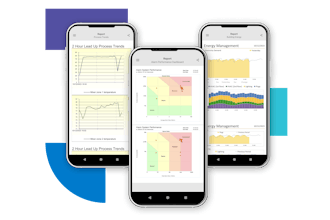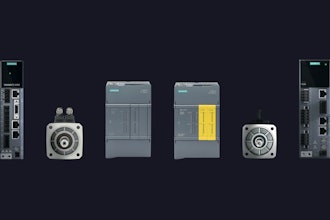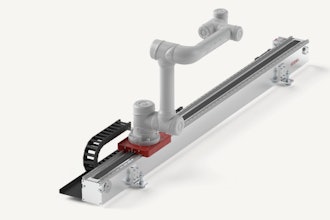
The WBSRocks e-commerce roundtable features industry experts sharing their perspectives on issues critical to the manufacturers' e-commerce journey. In this issue, we ask: why mapping customer journey is crucial to the success of your e-commerce efforts.
Unlike the traditional world, e-commerce requires you to forecast each step of your customer groups and predict their behavior. This study forms the foundation of customer journey mapping. It is similar to organizing your store based on the buying behavior of your customers. And just like your store experience, if your visitors don't find what they are looking for in a timely manner, it's very unlikely that you will ever win them as a customer. For this reason, customer journey mapping is essential for your e-commerce success.
Sam Gupta, Principal Consultant, ElevatIQ
The customer journey starts long before visitors land on your web pages. Each buyer, when they begin their journey, whether they might look for information related to a product or service, or maybe looking for price or quote, they have an expectation in mind. For example, if you were looking for a sports shoe and you typed on Google the keyword "sports shoe, " if you get a page that displays "shoe cleaners," you might most likely move to the next web link as the displayed webpage wasn't as aligned to your expectations.
This problem may not be as relevant in the physical world. Because once you are already in the store and if you walk to the wrong aisle where you find a shoe cleaner instead of a shoe, you might check the next shelf or ask the store representative as you have already spent a significant amount of time driving to a store. And going to another store will be far more inconvenient than checking for your desired product right inside the store.
Also, once you find the page you are looking for, you still have a series of expectations in your head about what you expect to do. And if the site takes too long and does not lead you in the expected direction, you might not enjoy the experience. So you might again move to the next web link as the switch is easier.
These implied expectations form the basis for a customer journey. While it may sound overwhelming to map each visitor's journey as they all will have their own implied expectations, there are similarities. Most similar customer groups tend to behave likewise. So you need to identify all of these customer groups and map their journeys, just like the way they expect. While the initial hypothesis provides the foundation, you will have to continuously monitor and tweak the journey on an ongoing basis as your customers' expectations are likely to change over time.
Kristina Harrington, President, GenAlpha
An essential first step for any eCommerce investment is to map the various customer journeys when using your online store.
Beyond thinking about search and product identification (which are critical features of any manufacturer's eCommerce site), consider the following questions when you think about each customer persona:
- What are their responsibilities?
- What are their goals and challenges?
- What do they need to make their job easier?
- What do they expect from a digital experience?
- Why do they buy from you?
- What is all the information they need from you to make a purchasing decision?
- What devices do they use?
- Are there any additional customer personas you seek to attract? If yes, where are they, and what do they need to make a purchase?
Understanding your customer is more than just thinking about a transaction. It's about understanding all the types of information they may be looking for in a self-service portal and then giving it to them in the easiest way possible. Achieving all of this may not be possible the first time you launch. The key is to prioritize according to business objectives, launch, learn and then adjust or complete the remaining priorities. Remember, this is an iterative process, customer needs will evolve, and your eCommerce solution should evolve over time.
As the adoption of eCommerce accelerates, customers increasingly expect to find what they're looking for quickly, accurately, and easily. If a site isn't able to meet those expectations, customers have more options available to them than ever before. So creating an efficient purchasing experience can separate a site from the competition, and buyers have proven to reward businesses for this experience.























